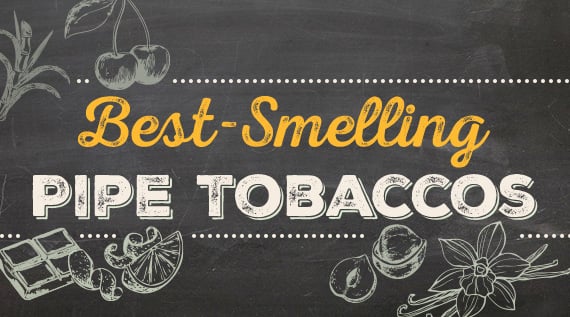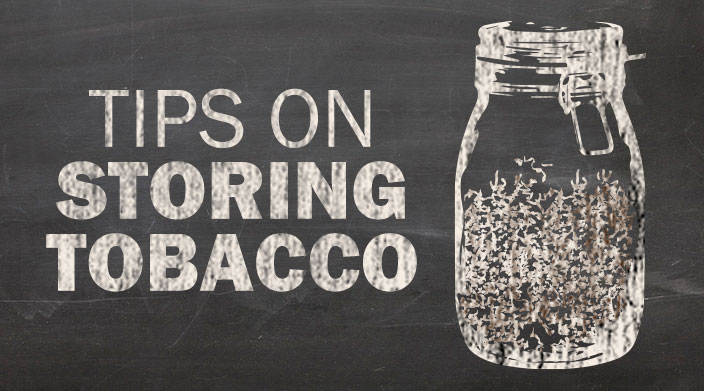Having previously written about my approach to blending, I realized that bringing information about different tobacco types to light might be useful, so here is a very basic guide to some of the varieties you'll commonly find.
Virginia- One of the most important of all blending components, Virginia is high in sugar and low in oils, which explains its flavor, and the fact that it can burn rather hot. Virginia ranges from bright lemon yellow to medium brown, with the lighter colors leaning toward a spicier flavor, and the darker colors having deeper, more complex taste. Virginias are used in almost any type of blend.
Burley- An important tobacco, especially in American blends, and in many Cavendishes. It is high in oil, and low in sugar (the opposite of Virginia), and tends to burn coolly, and has a nutty type of flavor. Since the smoke produced is more alkaline, burley can lead to tongue bite. When cased (flavored), the added sugar can reduce the likelihood of bite. Since the flavor is more neutral, Burley accepts flavorings well.
Carolina- Similar in character to Virginia, but not as rich in flavor, Carolina can be important as a way to "dilute" a blend without changing its character.
Maryland- Another rather neutral tobacco used in a number of American blends, it is extremely mellow, which explains its broad use in cigarette tobacco. It is very useful in Burley blends when one wishes to reduce the sometimes heavy nuttiness.
Orientals or Turkish- This is actually a rather broad category of different tobaccos. Among these tobaccos are ones named Yenidje, Basma, Dubeck, Bashi Bagli, Smyrna, Xanthia along with many others. They are typically high in sugar, and rather fragrant. They are very important in English, Balkan and (of course) Oriental blends. They are also highly prized for enriching cigarette blends.
Cigar leaf- There are a great many types of tobacco used primarily for cigars that are also, sometimes, used in pipe tobacco. Some of the more frequently used are Connecticut Broadleaf and Cuban-Seed varietals. They add richness, a bit of sweetness and/or some spice.
Latakia- Latakia is not a tobacco in and of itself, but a processed version of other tobaccos. In Syria, a tobacco called Shek-Al-Bint is used, whereas in Cyprus, the normally used tobacco is Smyrna. The leaves are hung in huts with fires burning on the floor. In Syria, the fires are fed with Syrian Oak and Pine. In Cyprus, Yew, Pine and Juniper, among others are burned. Over a period of time, the smoke saturates the tobacco, turning it black, and lending a distinct taste and aroma. Syrian Latakia is complex, but somewhat delicate in flavor and room note; whereas Cyprian has a deeper, smokier taste and aroma. Latakia is an important condimental tobacco, and is used extensively in English and Balkan blends, as well as (in smaller quantities) in some American tobaccos.
Perique- Once again, Perique is not a tobacco, but a product of a process. Perique is made by growing a type of Burley in St. James Parish in Louisiana. The juices are pressed out of the leaf and fermented, then re-introduced to the tobacco. The process is repeated, leaving the tobacco dark reddish-brown, tart and spicy-sweet. Some describe the flavor as pepper and plum. It is a cool smoking tobacco, and is referred to as condimental, since it is used, normally, to affect, but not dominate a blend, so a little can go a long way.




















